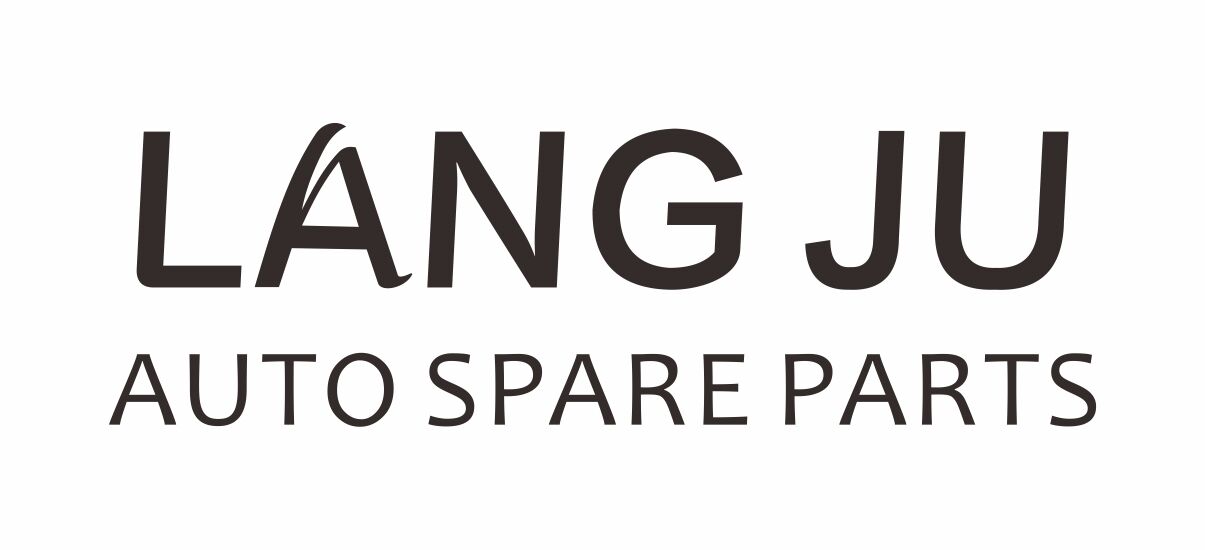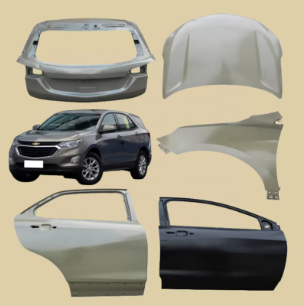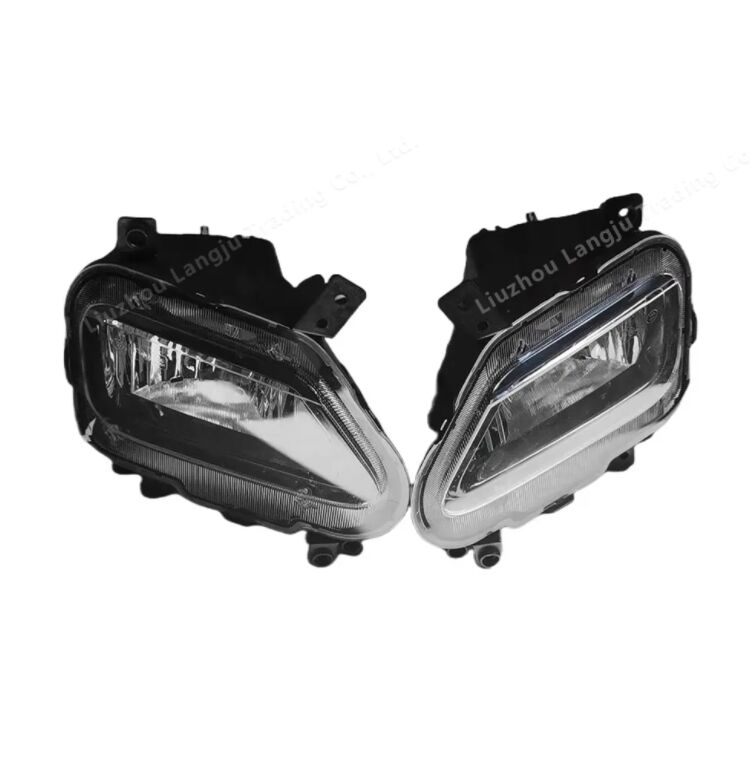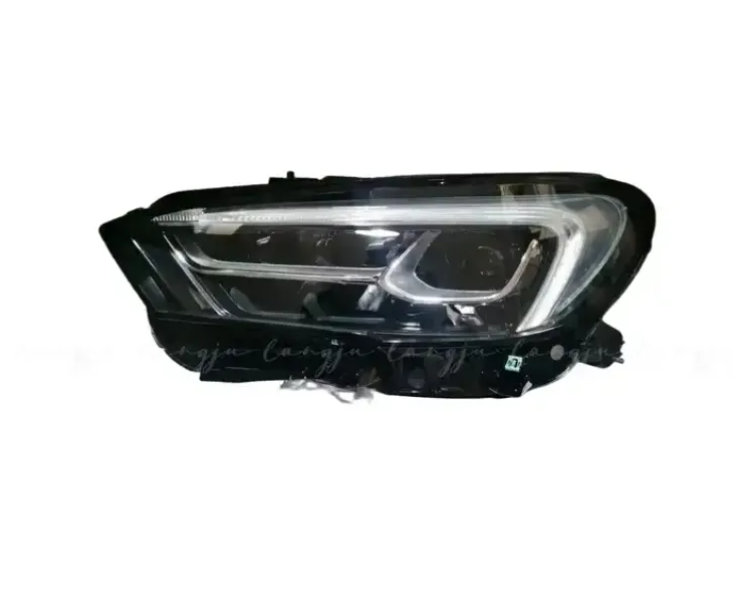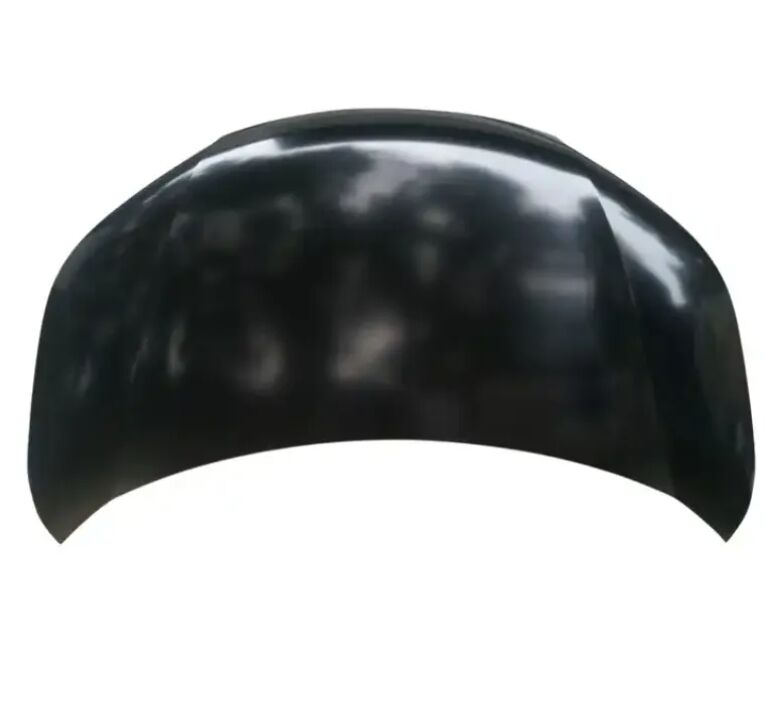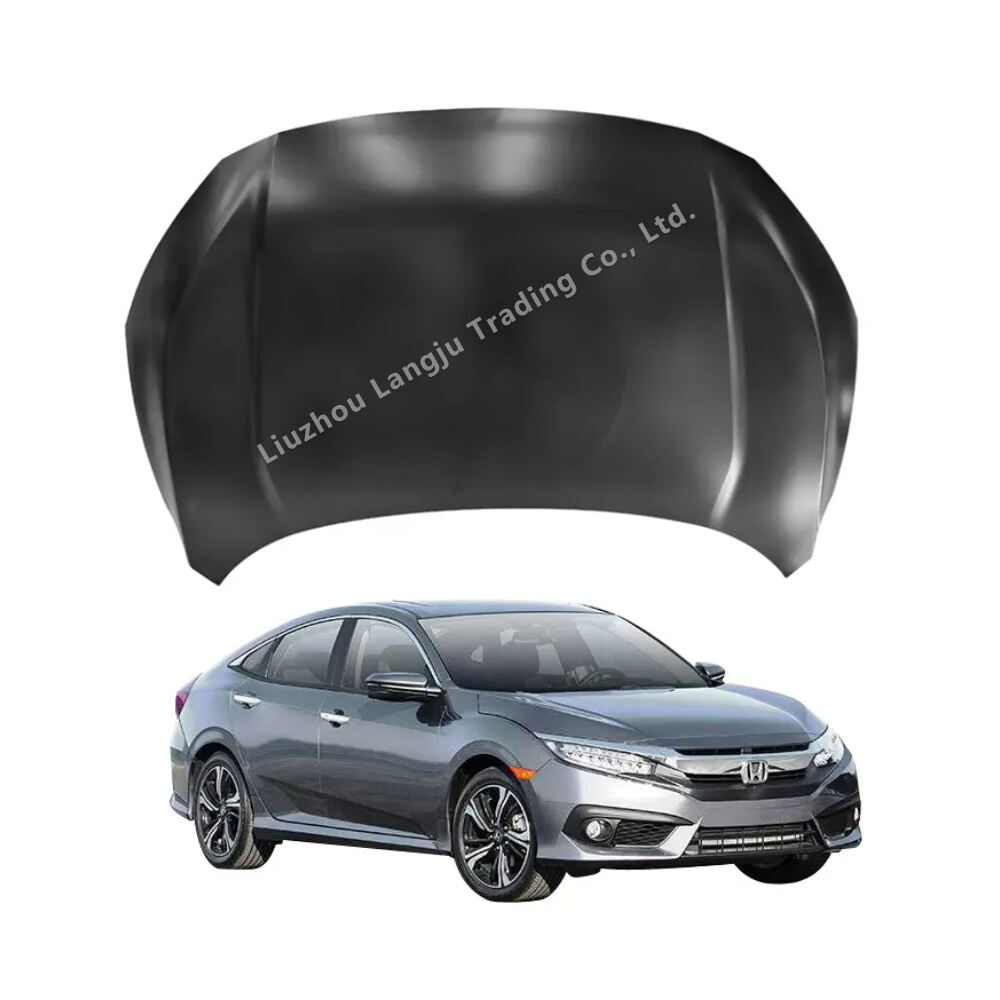engine hoods
Engine hoods serve as crucial protective components in automotive design, functioning as both a safety feature and an aesthetic element. These carefully engineered covers provide essential protection for the engine compartment while facilitating easy access for maintenance and repairs. Modern engine hoods incorporate advanced materials like aluminum alloys and carbon fiber composites, offering optimal strength-to-weight ratios that enhance fuel efficiency without compromising durability. The design typically includes sophisticated insulation systems that help manage engine heat and reduce noise transmission to the cabin. Safety features such as crumple zones and pedestrian protection systems are integrated into contemporary hood designs, making them vital components in overall vehicle safety. The aerodynamic properties of engine hoods contribute significantly to the vehicle's performance, helping to minimize air resistance and improve fuel economy. Advanced manufacturing techniques enable precise fitting and alignment, ensuring proper sealing against environmental elements while maintaining easy operation through gas-charged struts or similar lifting mechanisms. These components also incorporate various sensors and electronic systems for modern safety features, including hood-ajar warnings and active pedestrian protection systems.
